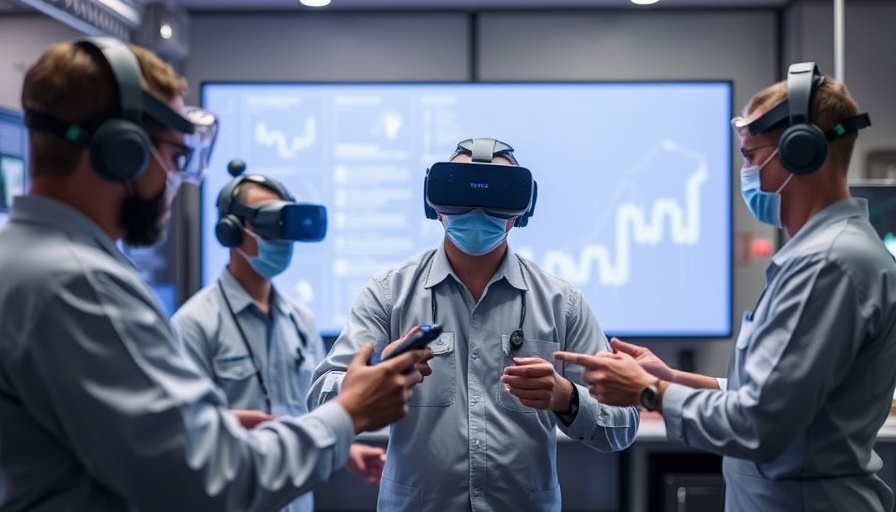
Revolutionizing HVAC Training with VR
In a rapidly evolving industry where technology meets daily life, virtual reality (VR) is emerging as a game-changer for training HVAC technicians. This innovative approach not only enhances the learning experience but also addresses a pressing challenge: the shortage of skilled technicians in the HVAC field. Homeowners, property managers, and small business owners stand to benefit from well-trained professionals who are adept at managing modern HVAC systems efficiently.
The Skills Gap and Workforce Development
As the demand for HVAC services increases, the industry faces a growing skills gap. Many technicians enter the workforce without the practical experience needed to handle complex installations and repairs. VR training offers a hands-on approach that allows trainees to simulate real-world scenarios in a risk-free environment. This immersive experience helps them gain confidence and competence in their skills, ultimately leading to better service for customers.
Effective Training Techniques for the Modern Technician
VR provides a platform for showcasing diverse HVAC systems and installations. For instance, trainees can explore the latest energy-efficient models from leading manufacturers in detail, such as Lennox HVAC systems. They can practice installing and troubleshooting these systems without the pressures of on-the-job settings. Such techniques ensure that technicians are not only learning theoretically but are also capable of implementing their knowledge in real-time.
Benefits of VR Training for Homeowners
When technicians receive high-quality training, homeowners can expect better service. Well-trained professionals are more likely to understand what is the purpose of fresh air in HVAC systems and how to get the best performance out of different brands. Furthermore, this leads to optimized HVAC maintenance plans, potentially saving homeowners from unexpected breakdowns and costly repairs.
Enhanced Retention Rates with Virtual Reality
One of the significant advantages of incorporating VR in training programs is improved retention rates. Studies reveal that individuals who engage in experiential learning retain information significantly better than those who rely solely on traditional training methods. By helping HVAC technicians develop their skills effectively, the industry can create a more reliable workforce, which in turn boosts customer satisfaction and loyalty.
Future Trends in HVAC Training
The integration of VR technology in HVAC training is only just the beginning. As advancements continue, we can expect more interactive and advanced training modules that will feature live-action scenarios and AI-driven simulations. These could provide insights into how much a new central heat and air unit costs or demonstrate the complexities of installing different HVAC systems. The goal is to allow technicians to master their craft comprehensively and ultimately uplift the standard of service provided to consumers.
Conclusion: Investing in the Future of HVAC
For homeowners and business owners alike, understanding the enhancements in HVAC technician training is essential. Investing in skilled professionals translates to smarter decision-making about HVAC repairs and installations, including selecting the best HVAC systems on the market. As VR continues to reshape training methodologies, homeowners can look forward to superior service tailored to their unique needs. Embrace these advancements to stay ahead in a rapidly changing HVAC landscape.
 Add Row
Add Row  Add
Add 

 Add Row
Add Row  Add Element
Add Element 




Write A Comment